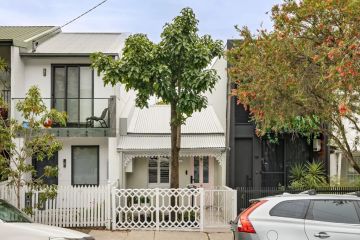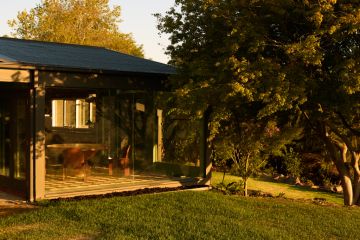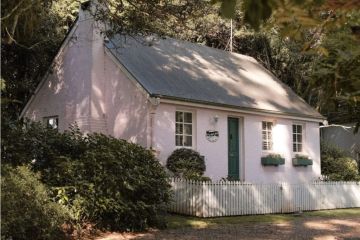A look inside this incredible 'smart' home of tomorrow
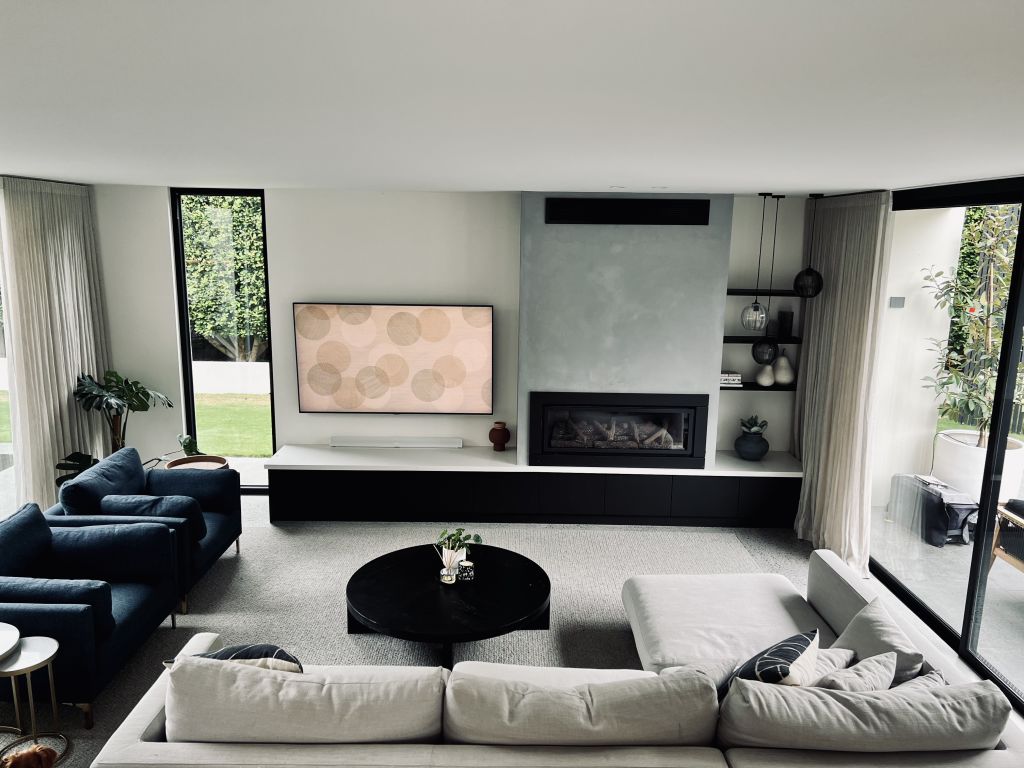
When Dave Anderson recently set out to renovate his family’s home, he seized the opportunity to fit it with all the bells and whistles (technologically speaking) – and then some.
“I love those new ways of living or thinking or working, and I just love what technology can bring,” says Anderson, who works in B2B tech and hosts the Tech Seeking Human podcast.
Now, Anderson’s house, which is located in the Melbourne bayside suburb of Sandringham, is a testament to how we can make our homes “smarter”.
The house features voice command for functions such as turning on the lights, and opening gates, curtains and doors (“I can talk to my house,” says Anderson); Sonos speakers in every room; super high-speed internet throughout; automated external lights and cameras that switch on at night-time; a Peloton exercise set-up; plus much more.
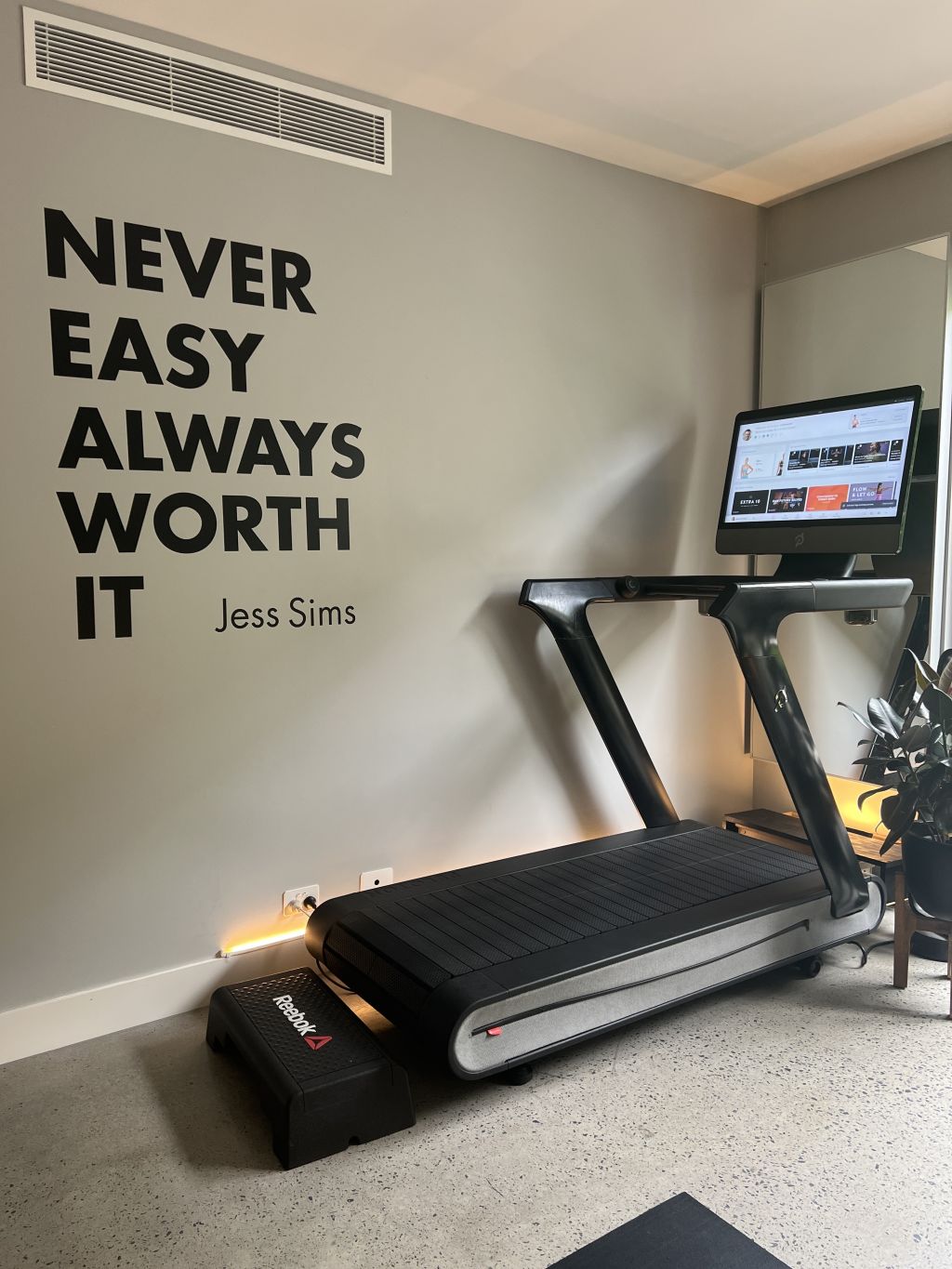
Anderson says the robot mower is probably the thing that delights guests the most when they visit.
“A robo lawn mower is mowing [your lawn] every day or every second day … so your lawn is always at the level it’s supposed to be,” he says. “All you have to do is lay a boundary perimeter wire … It’s actually superb.”
For a little extra pizzazz, the fireplace is also voice-controlled, and there’s an awning that comes down to protect the wine rack from the afternoon sun in the warmer months.
While this might sound like some kind of sci-fi, machine-age pad, Anderson has worked hard to ensure the technology integrates seamlessly with the rest of the house and that it doesn’t “dictate” how things are done in the home. The house also operates just fine when used manually, if desired – say, if friends or relatives are coming to housesit.
“You can still be a ‘dumb’ house and yet be a ‘smart’ house at the same time,” explains Anderson.
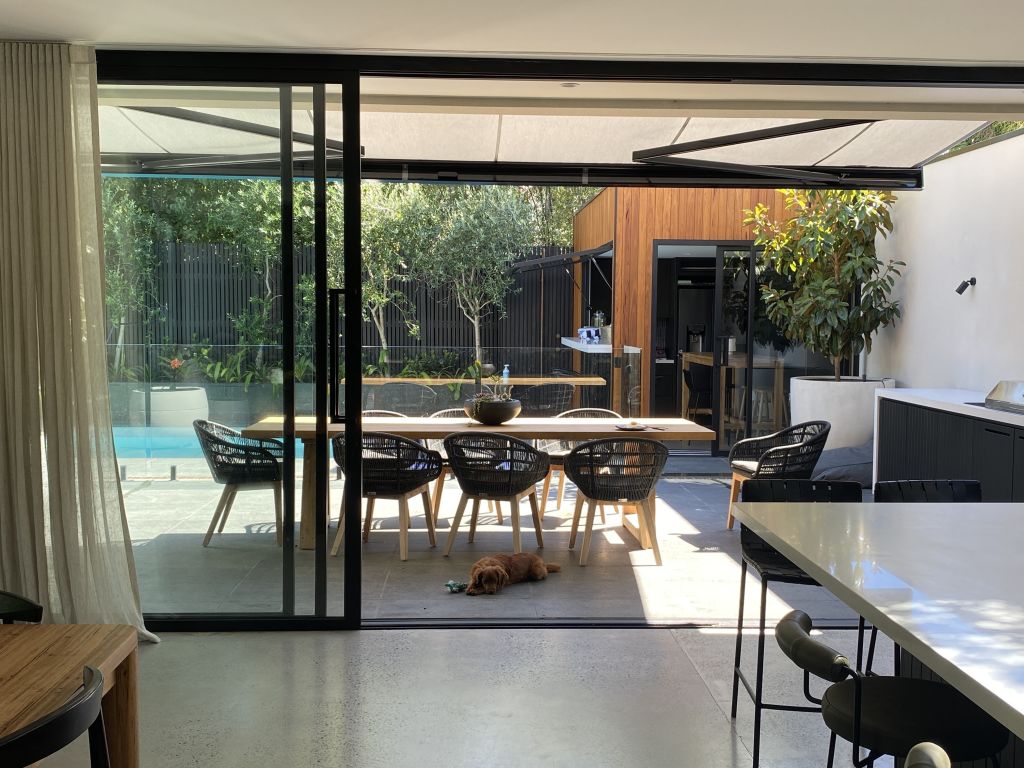
“You can still go flip light switches, you can pull curtains, you can do everything you would normally do in a house without even knowing that the tech is there, but the tech can also be used … It can be really unintrusive.”
In some ways, the tech also encourages better lifestyle habits: When the outdoor lights automatically turn off at 11 pm, Anderson knows it’s time to go to bed. He also has a “goodnight” button to switch off all internal lights and draw the curtains.
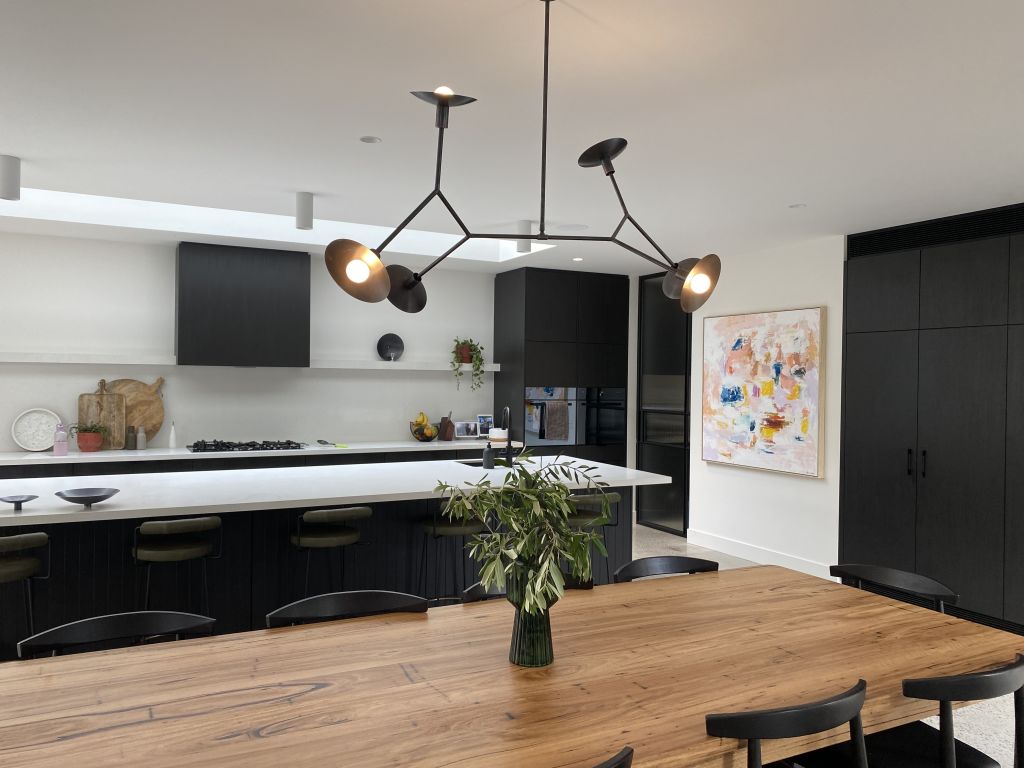
Anderson says the motivation behind all of this is the “art of discovery” and making for a more convenient living experience while bolstering their home security. Many pieces of the house’s technology offer both convenience and security, and all are powered via connection to services over the nbn network.
The garage door will tell Anderson via an app if he’s left it open, for instance, and he can close it remotely. The external cameras show who’s arrived at the door and allow Anderson and his wife to communicate with delivery workers, among others.

The Arlo security system, which Anderson brought back from the United States, enables them to program unique security codes for whoever needs to access their home while they’re out, and alerts them when the door has been locked.
To keep power usage down, the roof is fitted with about 52 solar panels, which power the home during the day and allow the pool heater to kick on at 9.30 am, while the garden sprinkler system helps save water by being clever enough to detect when it’s raining and refrain from watering. For his next venture, Anderson is looking at investing in a battery for solar.
In terms of costs, Anderson says the most expensive single feature they invested in (apart from the Peloton) was the intercom service, which cost about $1600. The automated curtains set them back about $700 each, and they needed about 10 of them. The Sonos system was also quite a big investment because they opted to have it in every room, plus amps so it can run in the ceiling and outside.
One of the less expensive installations would be the IoT devices that plug into the wall sockets so you can voice-control the lights (through Google, Alexa or similar), which cost about $20 to $25 each, plus electrician costs.
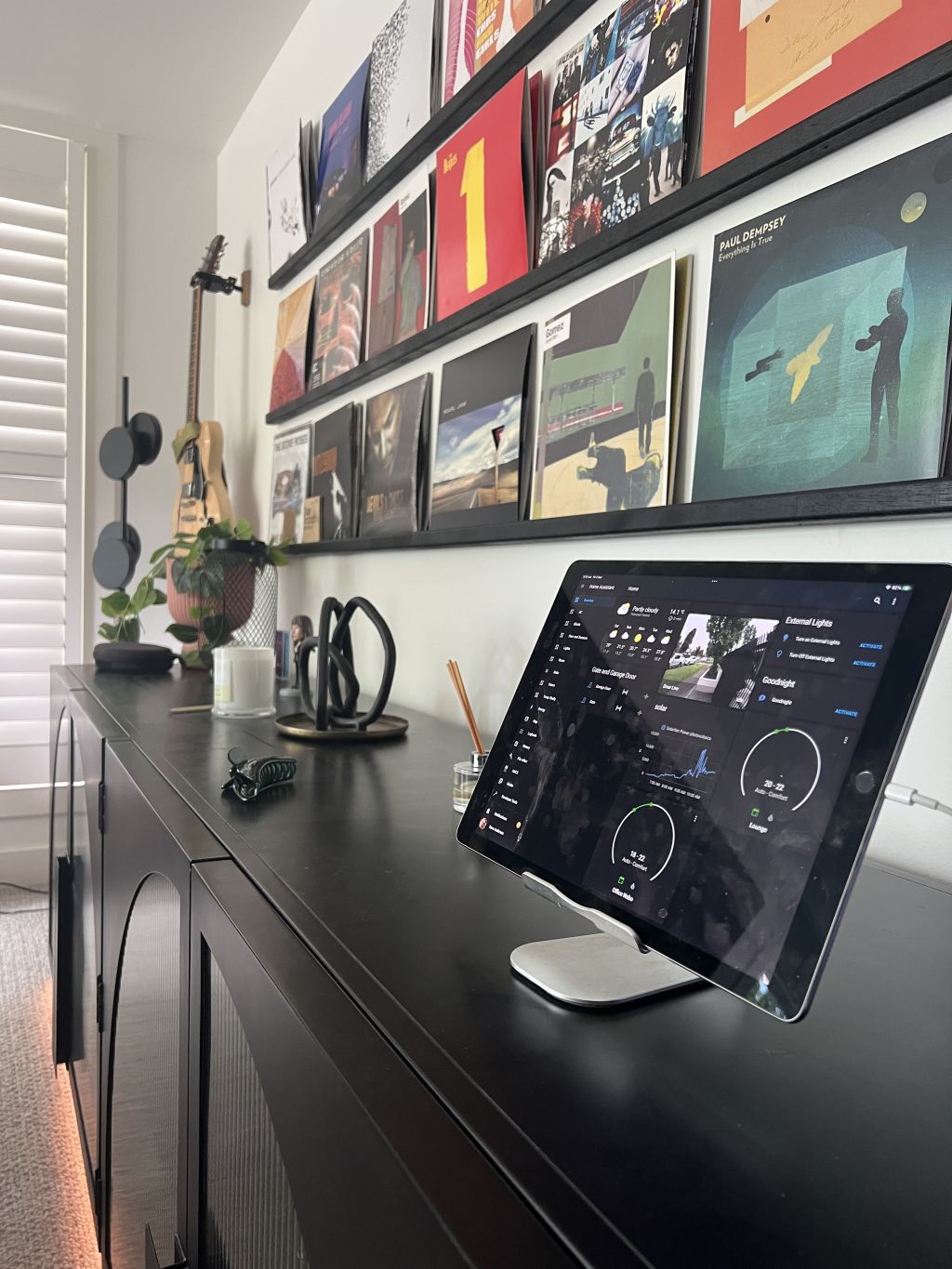
Overall, Anderson says home tech has “become more affordable, so you can afford to have a few more luxuries and geek out a little bit.”
He advises doing your research before buying to make sure you can get help when you need it and that the technology isn’t going to be phased out in a few years.
“Do they have really good support, and is there a community in Australia?” he says. “Look for a community, and look for best of breed, and review sites.”
This article is brought to you by nbn. Make it part of your plan and ask for nbn.
We recommend
We thought you might like
States
Capital Cities
Capital Cities - Rentals
Popular Areas
Allhomes
More
